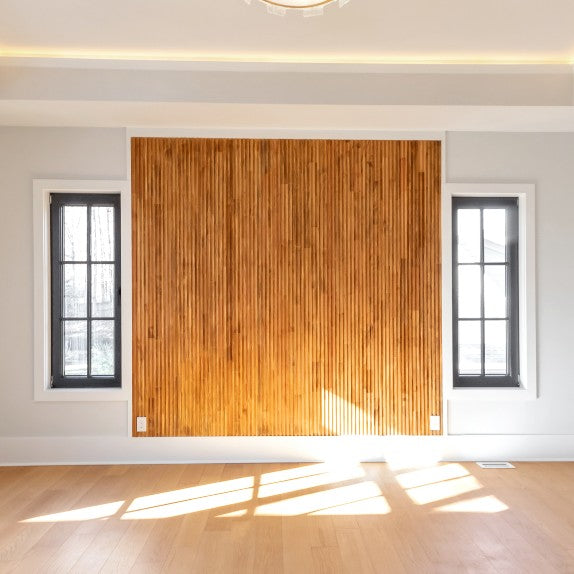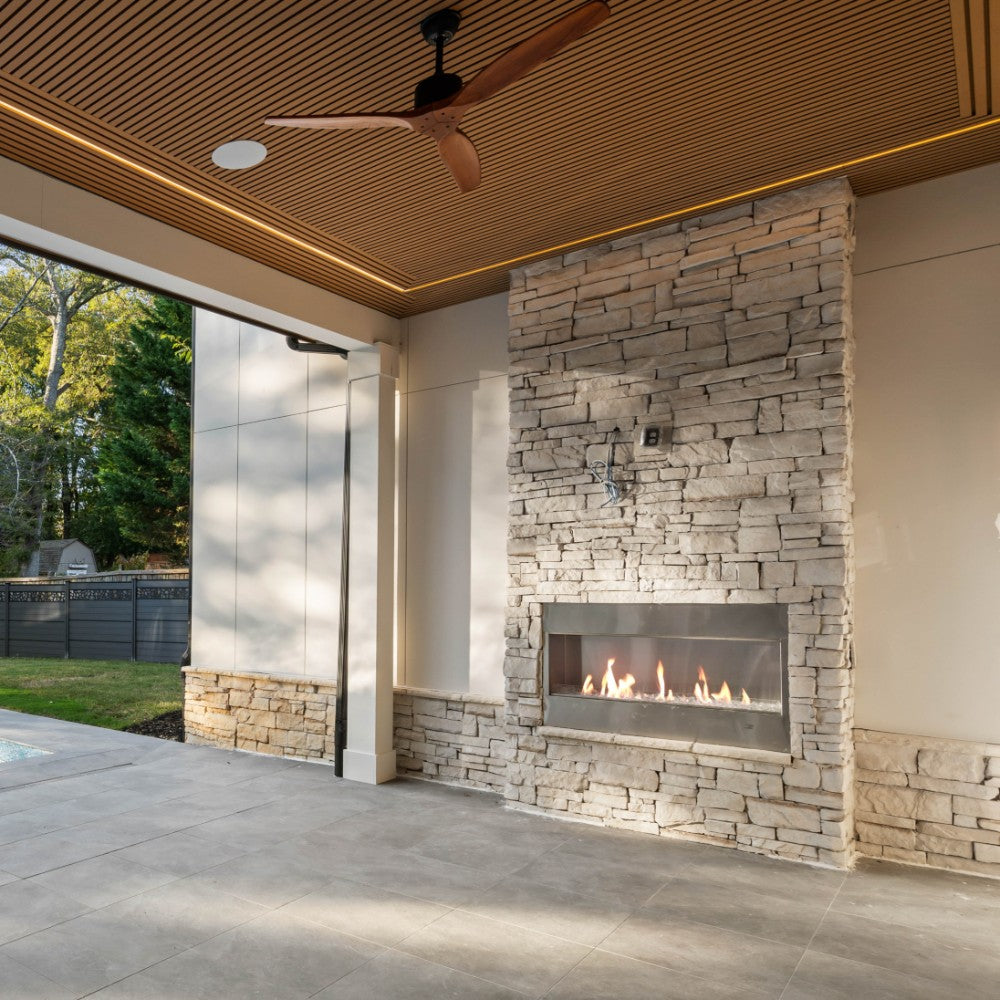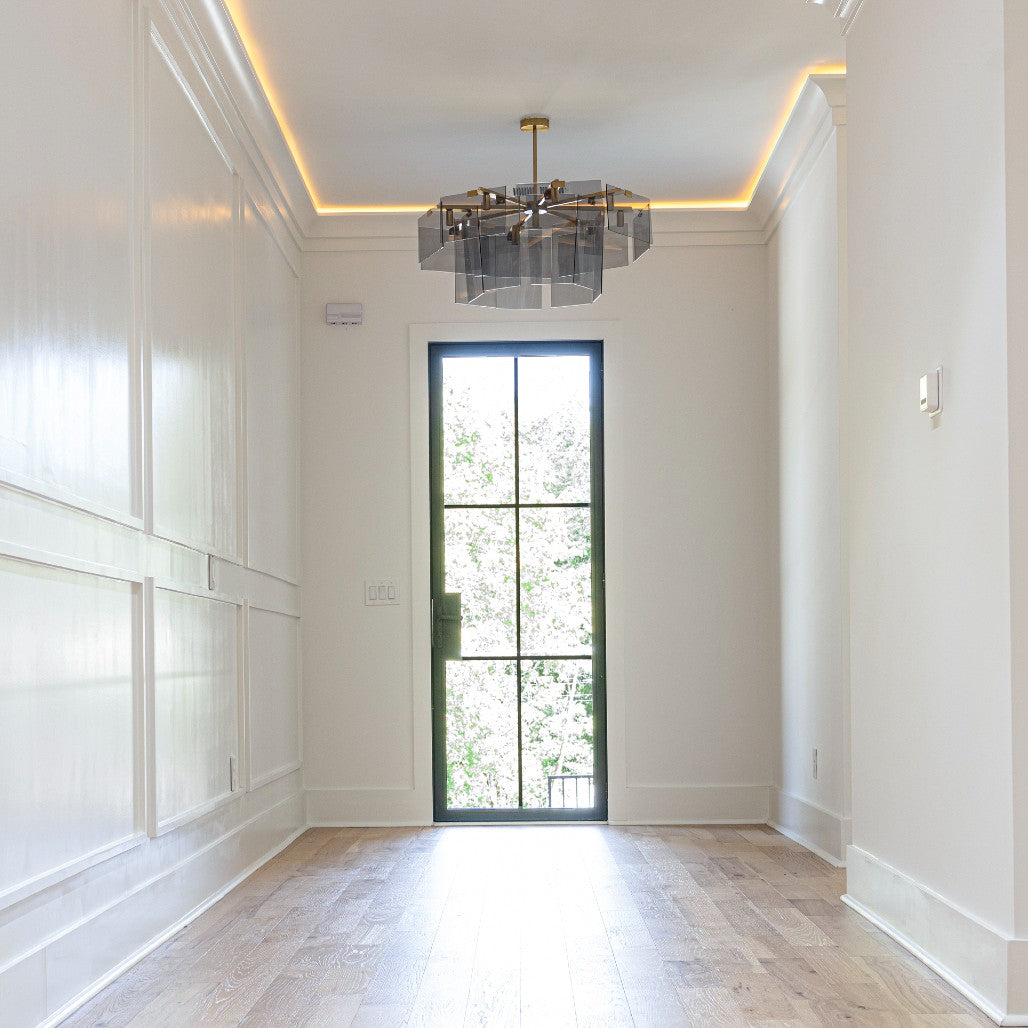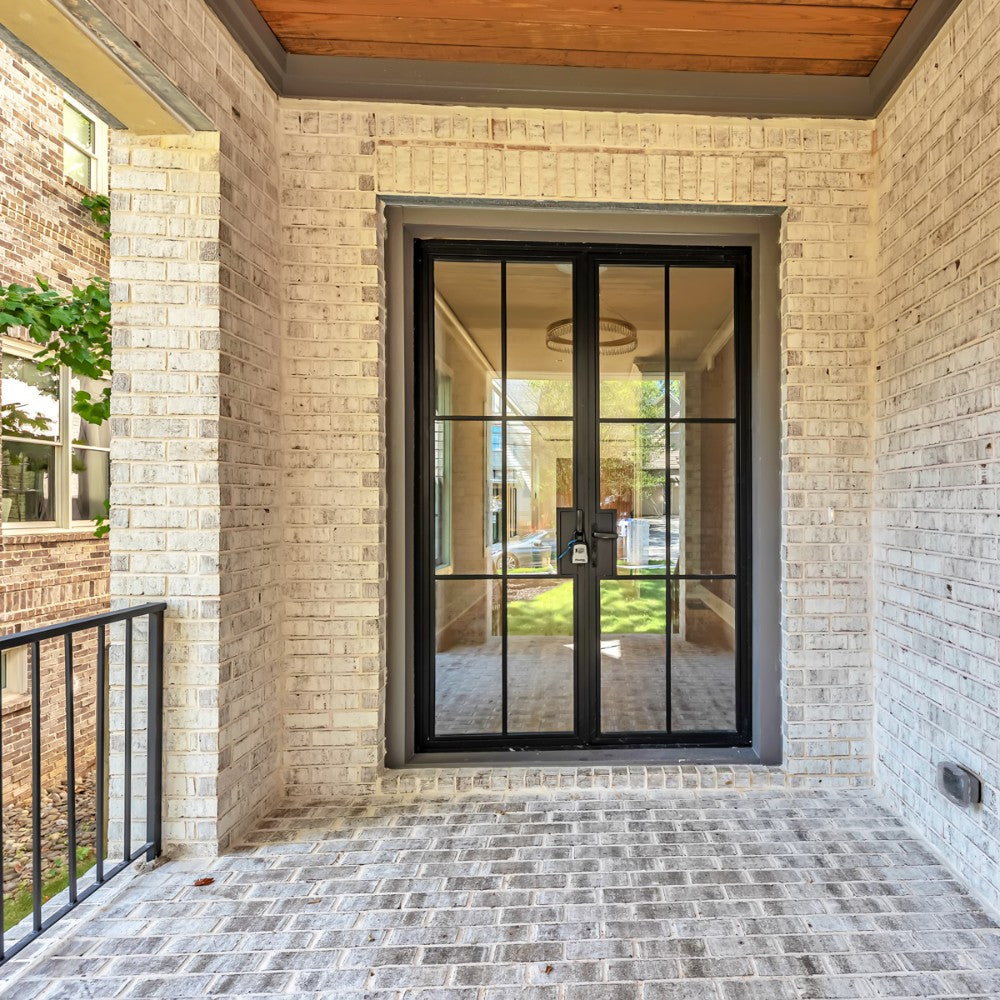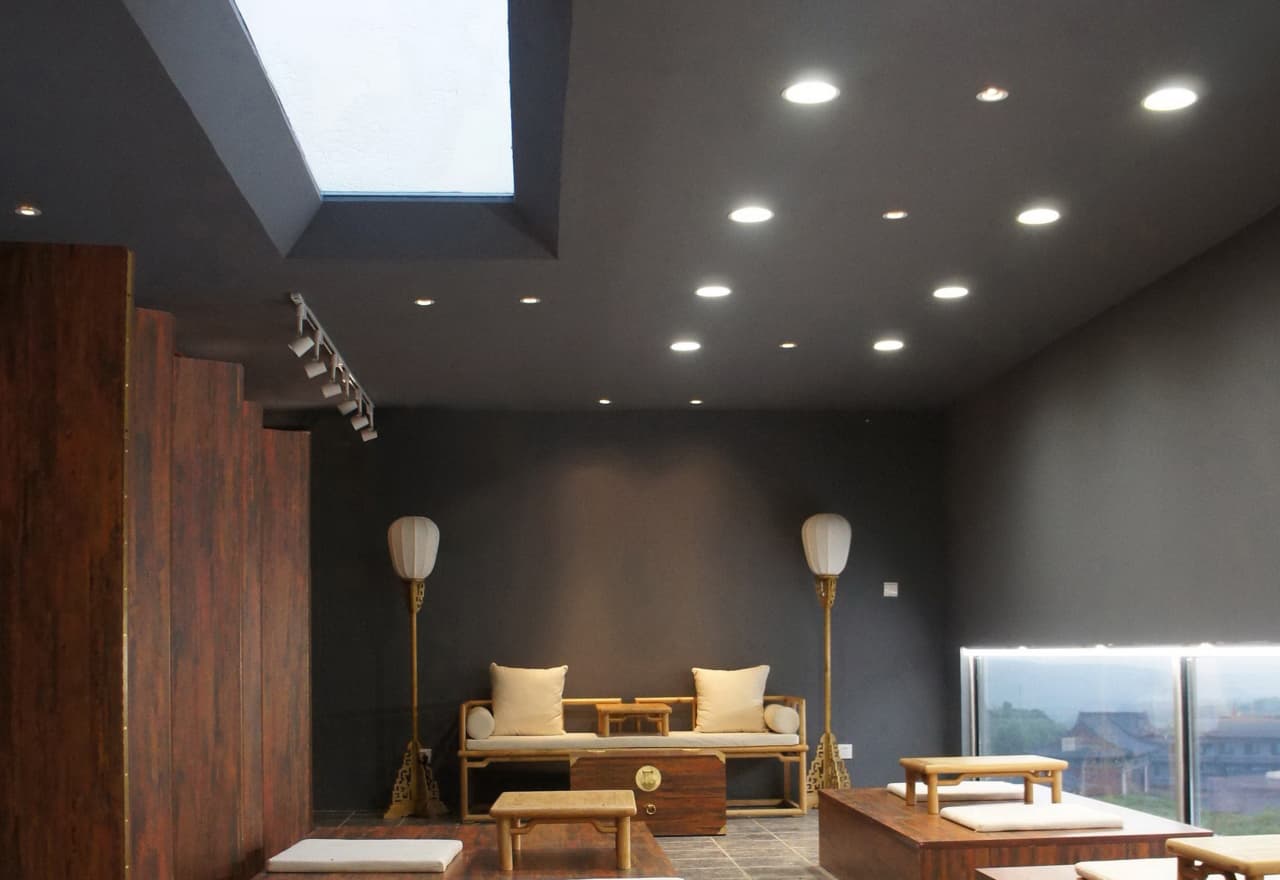
Illuminating Spaces: The Impact of Light and Materials in Architectural Design
Lighting interactions with surfaces also impact colour recognition and texture visibility. Natural light changes all through the day, changing the colourations and shadows solid on exclusive substances, giving spaces a dynamic quality that evolves with time. On the other hand, artificial lighting provides consistency; however, it requires careful selection to complement the material palette. By strategically integrating light-responsive substances, designers can control visual reports, reworking everyday structures into immersive architectural statements. This careful orchestration of light and materials determines whether or not a space feels expansive or intimate, vibrant or subdued, purposeful or decorative. The stability between these elements is what in the end brings an architectural vision to lifestyles.
Natural Light as a Design Element: Harnessing the Power of the Sun
Daylight is one of the most powerful gears in architectural layout, shaping interiors with the aid of enhancing spatial belief and reducing reliance on artificial lighting fixtures. The positioning of windows, skylights, and openings dictates the penetration of sunlight, which in turn interacts with surfaces to create warmth, softness, or vibrancy. Light-coloured and reflective materials amplify daylight, dispersing it deeper right into an area, whilst darker substances take it in, producing a more intimate and subdued atmosphere. The careful calibration of those elements allows designers to harness the advantages of herbal illumination while maintaining control over glare and warmth.
Material choice additionally determines how successfully a construction can utilise herbal light without inflicting soreness. Highly reflective surfaces can create immoderate brightness, leading to visual fatigue, while textured or diffusive materials assist in scattering mild frivolously, ensuring a well-balanced surroundings. Advanced glazing technologies, which includes clever glass or coated home windows, in addition refine daylight management by adapting to external conditions. Thoughtful fabric alternatives combined with properly located openings permit architects to craft areas that experience each expansive and energy-efficient green. By integrating natural light into the overall layout strategy, architects beautify both the cultured and practical features of a space, developing interiors that feel alive and attentive to the converting patterns of the day.
Artificial Lighting and Material Compatibility: Crafting the Right Ambiance
Artificial lights extend the possibilities of architectural layout, providing manipulation over brightness, warm temperature, and shadow at any time of day. The manner materials react to distinct light assets can dramatically change a room’s environment. Warm lights complements timber tones, making interiors experience comfortable and welcoming, at the same time as cooler lights accentuates metals and glass, developing a sleek and contemporary aesthetic. Designers should consider the interaction between light temperature and cloth houses to achieve the desired temper. The careful selection of mild furnishings, shade temperatures, and cloth finishes permit architects to craft spaces that evoke particular feelings and serve practical wishes effectively.
Beyond aesthetics, synthetic lights have to align with the functional necessities of a space. In painting environments, as an example, substances that reduce glare whilst maintaining sufficient illumination are essential for productivity and luxury. Retail and hospitality areas, on the other hand, advantage from lights that enhance the richness of substances, drawing interest to textures and information that interact with clients. The right combination of substances and lighting fixtures can transform a space from merely functional to deeply immersive. Whether highlighting architectural details, growing an experience of warmth, or emphasizing contemporary minimalism, artificial lighting fixtures play an essential function in shaping how materials are perceived and experienced in built environments.
Reflectivity and Absorption: Balancing Light for Optimal Effect
Materials play a pivotal position in directing light with the aid of both reflecting it to decorate brightness or absorbing it to create intensity and evaluation. Highly reflective surfaces, which include polished marble, glass, or metallic finishes, could make a space experience extra expansive by using bouncing light throughout surfaces. This effect is specifically beneficial in smaller rooms or areas with restricted herbal mildness, wherein brightness wishes to be amplified to create an open and ethereal atmosphere. In addition to their aesthetic effect, reflective materials can also improve strength performance via maximising the use of available light and decreasing the need for artificial illumination.
Conversely, absorptive substances like dark woods, matte paints, or dense fabrics help lessen immoderate brightness, adding warmth and intimacy to a space. These substances are often used in theatres, lounges, and other areas wherein a softer, more subdued atmosphere is preferred. By carefully balancing reflective and absorptive substances, designers can sculpt mild inside an environment, making sure each capability and aesthetic concord. This interaction lets in architects to create nuanced lighting fixture schemes that highlight certain areas whilst softening others, ultimately contributing to a more dynamic and visually enticing enjoyment.
Transparency and Translucency: Playing with Light Transmission
Glass, acrylic, and other translucent substances introduce a further layer of complexity to architectural lighting. Transparent surfaces allow for unobstructed mild drift, developing open and ethereal areas that feel related to the outside. This effect is commonly utilised in present day structure to blur the limits between indoor and out of doors environments, maximising daytime penetration while maintaining visual continuity. When carefully placed, obvious substances can decorate perspectives, increase herbal ventilation, and contribute to a experience of spatial fluidity that enhances the overall consumer revel in.
Translucent materials, however, provide a softer diffusion of mild, decreasing glare while retaining illumination. Frosted glass, perforated panels, and light-diffusing textiles can beautify privacy without sacrificing brightness, developing a sensitive balance between openness and enclosure. These substances are especially effective in workplace areas, residential interiors, and public buildings, where controlled mild transmission is vital for consolation and usability. By integrating transparency and translucency in a considerate manner, architects can create spaces that are sense luminous, visually linked, and inviting.
Textured Surfaces and Shadow Play: Adding Depth to Design
Textures have an impact on how light is perceived inside a space, creating difficult patterns of shadow and spotlight that upend dimensionality. Rough surfaces, which include exposed brick, uncooked concrete, or herbal stone, cut up mild and cast various shadows, improving a man’s or woman. These substances introduce a tactile quality to interiors, emphasising craftsmanship and fabric authenticity whilst developing visual intensity. The shadows produced by using textured surfaces can change at some point of the day, including a sense of motion and liveliness in an otherwise static surroundings.
Smooth and polished surfaces, in comparison, offer easy and uninterrupted mild reflections, contributing to a sleek and current aesthetic. The juxtaposition of textured and smooth substances inside a single design permits architects to create dynamic visual compositions that interact with both the attention and the senses. Strategic light placement can further accentuate textures, transforming walls, flooring, and ceilings into focal points of inventive expression. The considerate use of textures and mild colours creates an immersive experience that enhances the emotional impact of a space, making it experience rich, layered, and multi-dimensional.
Bringing Spaces to Life Through Thoughtful Design
The relationship among lights and substances is an critical issue of architectural layout, shaping both the cultured attraction and functional performance of a area. The way light interacts with surfaces whether or not reflecting off polished finishes, being subtle via translucent factors, or casting dramatic shadows on textured materials creates depth, mood, and atmosphere. By cautiously choosing materials that supplement herbal and artificial lights, designers can rework systems into immersive environments that enhance nicely-being, productivity, and visible concord. The balance among brightness and shadow, transparency and opacity, and mirrored image and absorption defines how a space is perceived and experienced.
To gain those outcomes, selecting remarkable construction substances is critical, as they determine how effectively a area harnesses mild for comfort and performance. Whether designing residential, business, or public spaces, sourcing the right substances from a depended on issuer ensures durability, performance, and aesthetic excellence. USA Builder Depot will be the most fulfilling desire for top-tier production substances, providing a enormous selection that meets the highest industry requirements. From light-improving surfaces to electricity-efficient options, our merchandise empower architects and developers to bring their innovative visions to life. Visit our website to explore our catalog and hook up with our specialists for tailor-made guidelines at the quality substances to your next mission.


